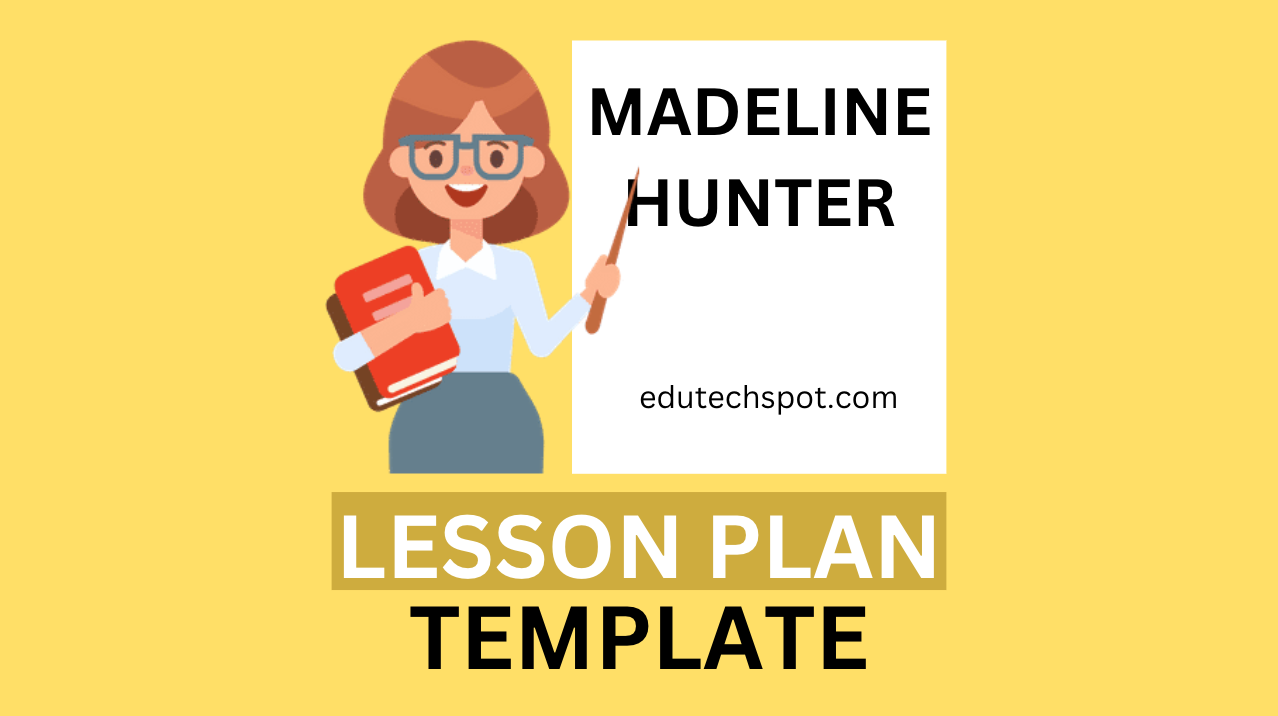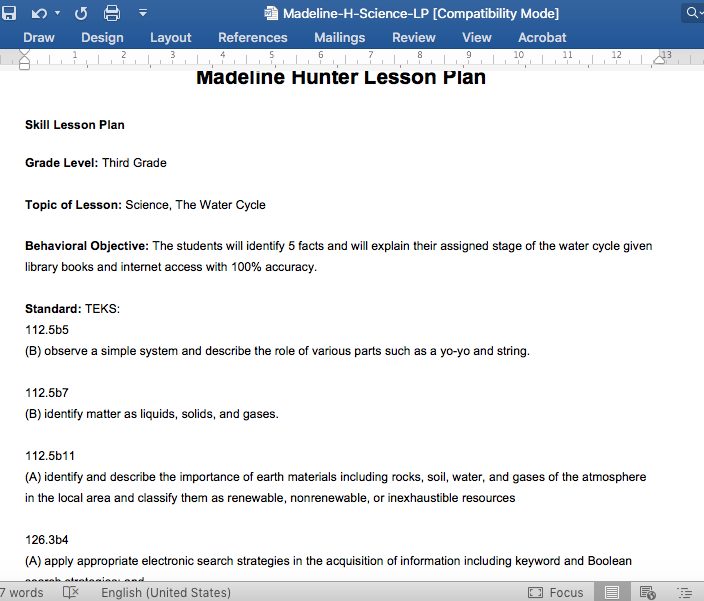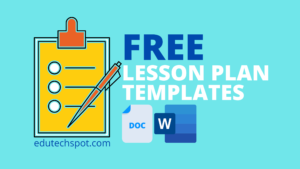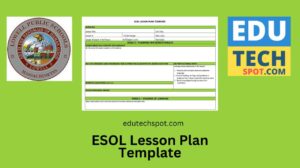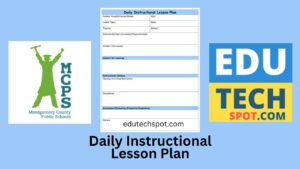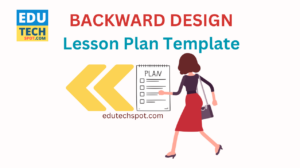Madeline Hunter Lesson Plan Template that you teachers can use to help you structure your lesson. Here I provide 4 templates and examples so that you can get insight on how to create your own.
Madeline Hunter Lesson Plan Template Files
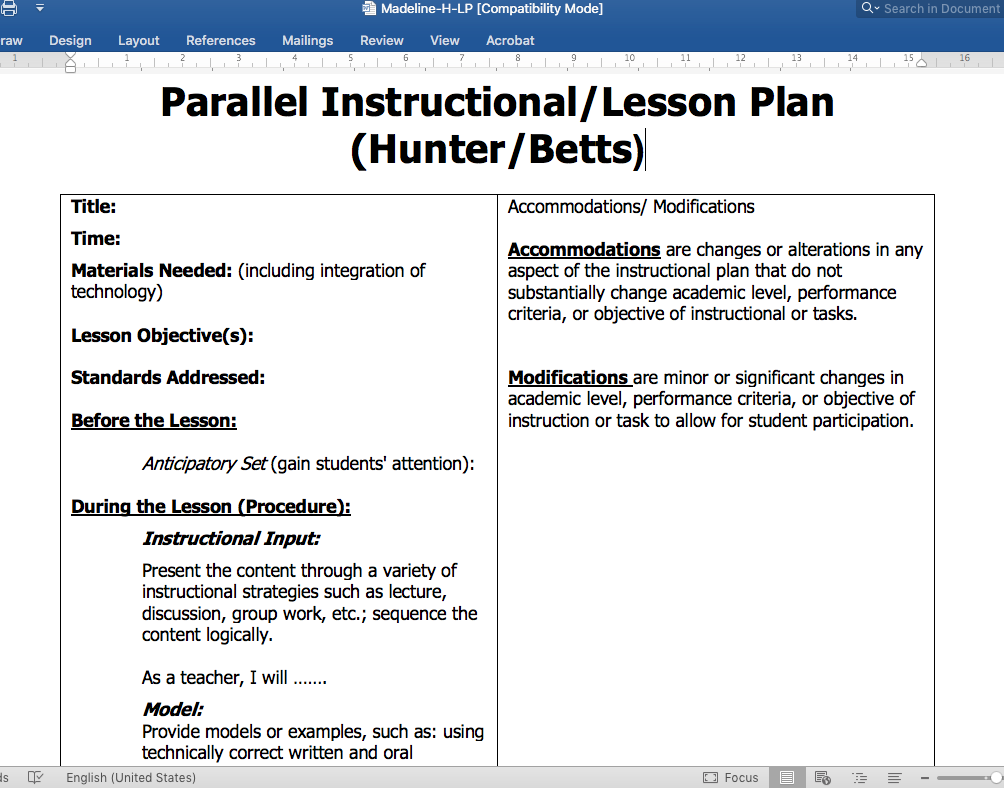
This plan is about teaching a lesson using two different methods, called Parallel Instructional/Lesson Plan. It includes important details like the title, time, and materials needed, which can include technology. The lesson objective and standards to be followed are stated upfront. Before the lesson, there’s an activity to get students interested. During the lesson, there are different ways of teaching, like talking, discussing, and group work, all organized in a logical order. The teacher will demonstrate using correct language, courtesy, listening skills, and show examples. Checking if students understand is part of the plan, both informally and formally. The lesson also includes guided practice where the teacher helps students understand step by step. There’s a part for students to practice on their own too. After the lesson, there’s a quick review and reinforcement of key ideas. The plan also considers follow-up activities that students can do at home. Lastly, it mentions accommodations and modifications for students with different needs. The plan follows a specific model, the Madeline Hunter Lesson Plan Model, and takes inspiration from reading activities. Some parts may be used more than once, and if not applicable, it needs an explanation. Overall, it’s a detailed guide for teaching a lesson effectively.
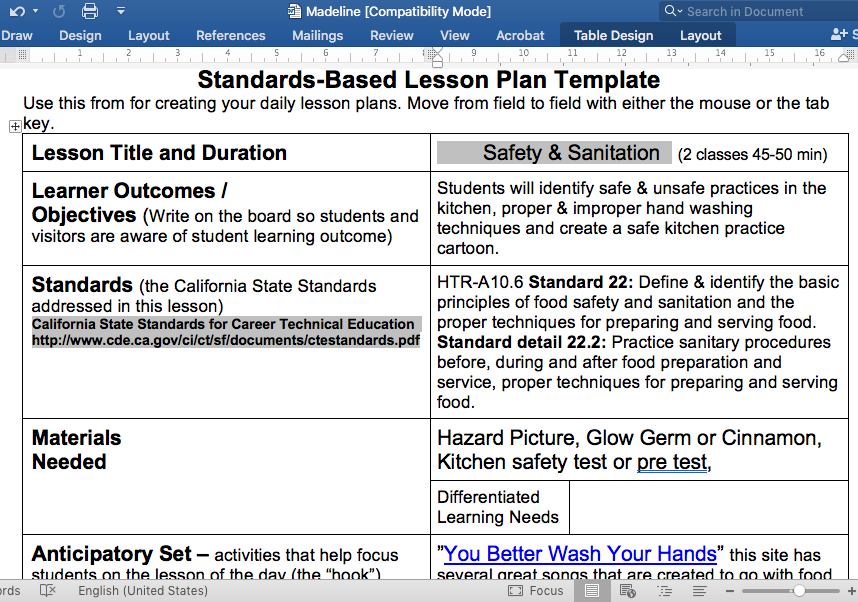
This form helps make daily lesson plans, focusing on safety and sanitation for two class periods. The goal is for students to learn to identify safe kitchen practices, proper handwashing, and create a safety cartoon. It follows California State Standards for Career Technical Education. Materials include hazard pictures and a kitchen safety test. An engaging start involves songs on food safety. The lesson includes demonstrating safety in a lab, discussing, and creating safety cartoons. Differentiated learning includes a hands-on cinnamon lab. Guided practice involves checking handwashing and safety cartoons. Closure emphasizes the importance of handwashing, and independent practice includes evaluating home kitchens. Differentiated learning could involve writing a rap about sanitation. The lesson ends with a ticket out, summarizing the importance of kitchen safety and handwashing. This template helps teachers organize lessons for effective learning.
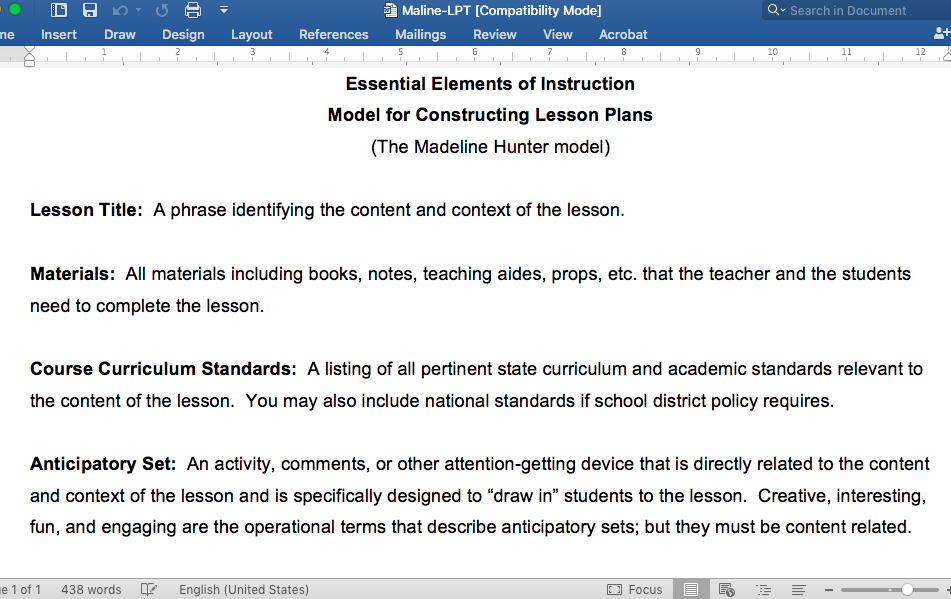
This lesson plan template, called the Madeline Hunter model, has important parts to help teachers teach well. It starts with the lesson title, which says what the lesson is about. The materials part lists everything needed for the lesson, like books and props. It also includes the curriculum standards, which are the rules for what students should learn. The anticipatory set is like a fun activity to get students interested. The objectives are what students should do by the end, and the teacher shows these visually. Instructional input is how the teacher teaches, with checks for understanding to make sure students are learning. Guided practice is hands-on activities to help students practice what they learned. Closure is a summary, and extended practice is more activities to reinforce what was learned, maybe as homework or a project outside the class. It’s a good plan to make sure students learn and have fun in class.
How to create a Madeline Hunter Lesson Plan
To write a Madeline Hunter lesson plan, you can follow these steps:
- Start with the Basics:
- Begin by writing the lesson title, the time it will take, and list the materials needed, including any technology.
- Define Lesson Objectives:
- Clearly state what you want students to learn by the end of the lesson. Make sure your objectives are specific and measurable.
- Address Standards:
- Mention the academic standards that your lesson aligns with. This ensures that your teaching meets educational guidelines.
- Before the Lesson:
- Create an engaging activity or question to grab students’ attention and introduce the lesson topic.
- During the Lesson (Procedure):
- Break down the lesson into steps, including how you’ll present the content using various methods like talking, group work, or discussions. Sequence the steps logically.
- As the teacher, explain how you will model the desired behavior or skill. This could involve using correct language, demonstrating courtesy, or showing examples.
- Plan for checking understanding by using different methods, like asking questions or observing students. This can be both informal and formal.
- Include guided practice where you help students understand the lesson in smaller steps. Also, provide time for independent practice where students can apply what they’ve learned on their own.
- After the Lesson:
- Summarize the key points of the lesson during the closure. Reinforce important concepts.
- Plan follow-up activities that students can do as homework to reinforce their learning.
- Accommodations and Modifications:
- Consider accommodations for students who need changes in the instructional plan without substantially changing the academic level or objectives.
- Think about modifications for minor or significant changes in academic level or objectives to allow all students to participate.
Remember to follow the Madeline Hunter Lesson Plan Model and consider activities before, during, and after the lesson. If a part is not applicable, explain why in your plan. This detailed guide can help ensure an effective and organized teaching experience.
What are the benefits?
The Madeline Hunter lesson plan helps teachers be organized and make lessons interesting. It tells what students should learn and has fun activities to keep everyone engaged. Teachers can check if students understand and adjust their teaching. It breaks learning into steps, and students get to practice on their own. After the lesson, there’s a quick review, and students might have homework to do. It also thinks about students who need different ways of learning. Overall, it’s like a guide for teachers to teach well and make sure students learn in a good way.
